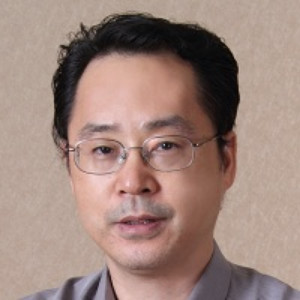Waste Energy Harvesting
A special issue of Energies (ISSN 1996-1073).
Deadline for manuscript submissions: closed (15 April 2016) | Viewed by 106821
Special Issue Editor
Interests: functional ceramics; ceramic processing; transparent ceramics; nanocomposites; ferrite ceramics; ferroelectric ceramics; piezoelectric/triboelectric mechanical energy harvesting
Special Issues, Collections and Topics in MDPI journals
Special Issue Information
Dear Colleagues,
Concern has grown in recent decades about energy consumption and environmental impact. This is the reason why governments all over the world are heavily investing in R&D of energy and the environment. Although no specific definition is available for waste energy, it is here referred to as all energies that could be used but are actually wasted instead, including heat, light, sound, vibration, or movement, to name a few. Recovering even a fraction of this energy would have a significant economic and environmental impacts. This harvested energy can be used for various applications. Therefore, waste energy is a special form of renewable energy. Similar to that of solar energy, the harvesting of waste energy has been given a great deal of attention in recent years. This Special Issue is aimed at providing a platform to demonstrate the latest development in waste energy harvesting, with focus on, but not limited to, following topics:
- General issues on waste energy and waste energy harvesting
- Mechanical waste energy harvesting
- Piezoelectric waste energy harvesters
- Nanogenerators for waste energy harvesting
- Nanotriboelectric generators
- Thermoelectric materials and devices for waste energy harvesting
- Pyroelectric waste energy harvesters
- Phase change materials for waste energy harvesting
Dr. Ling Bing Kong
Guest Editor
Manuscript Submission Information
Manuscripts should be submitted online at www.mdpi.com by registering and logging in to this website. Once you are registered, click here to go to the submission form. Manuscripts can be submitted until the deadline. All submissions that pass pre-check are peer-reviewed. Accepted papers will be published continuously in the journal (as soon as accepted) and will be listed together on the special issue website. Research articles, review articles as well as short communications are invited. For planned papers, a title and short abstract (about 100 words) can be sent to the Editorial Office for announcement on this website.
Submitted manuscripts should not have been published previously, nor be under consideration for publication elsewhere (except conference proceedings papers). All manuscripts are thoroughly refereed through a single-blind peer-review process. A guide for authors and other relevant information for submission of manuscripts is available on the Instructions for Authors page. Energies is an international peer-reviewed open access semimonthly journal published by MDPI.
Please visit the Instructions for Authors page before submitting a manuscript. The Article Processing Charge (APC) for publication in this open access journal is 2600 CHF (Swiss Francs). Submitted papers should be well formatted and use good English. Authors may use MDPI's English editing service prior to publication or during author revisions.
Keywords
- waste energy harvesting
- mechanical energy
- human motion
- piezoelectric
- thermal energy
- nanogenerators
- nanotriboelectric generators
- pyroelectric
- thermoelectric
- phase change materials





